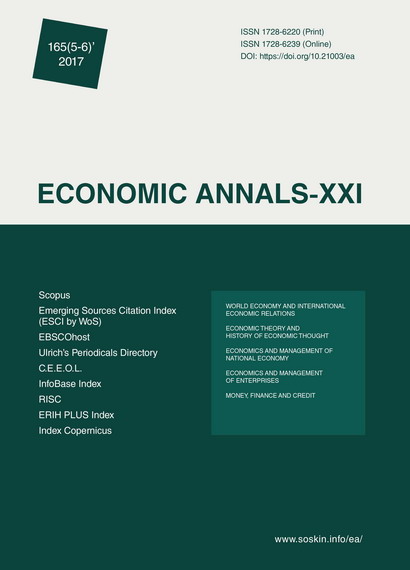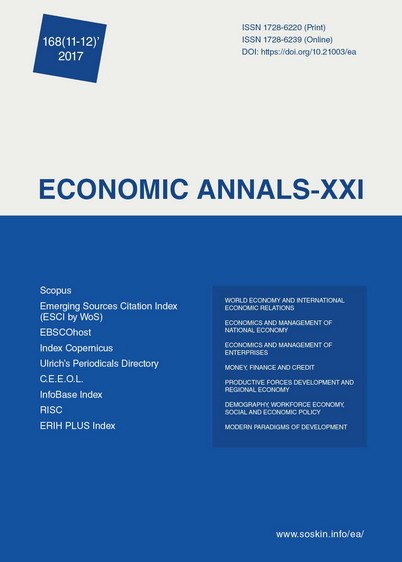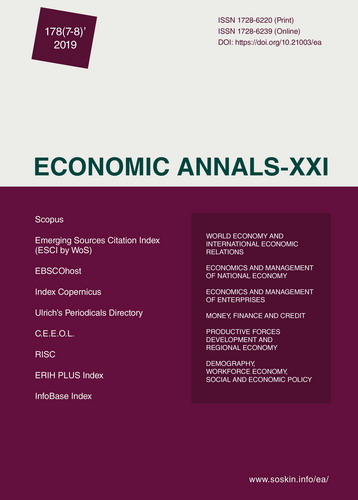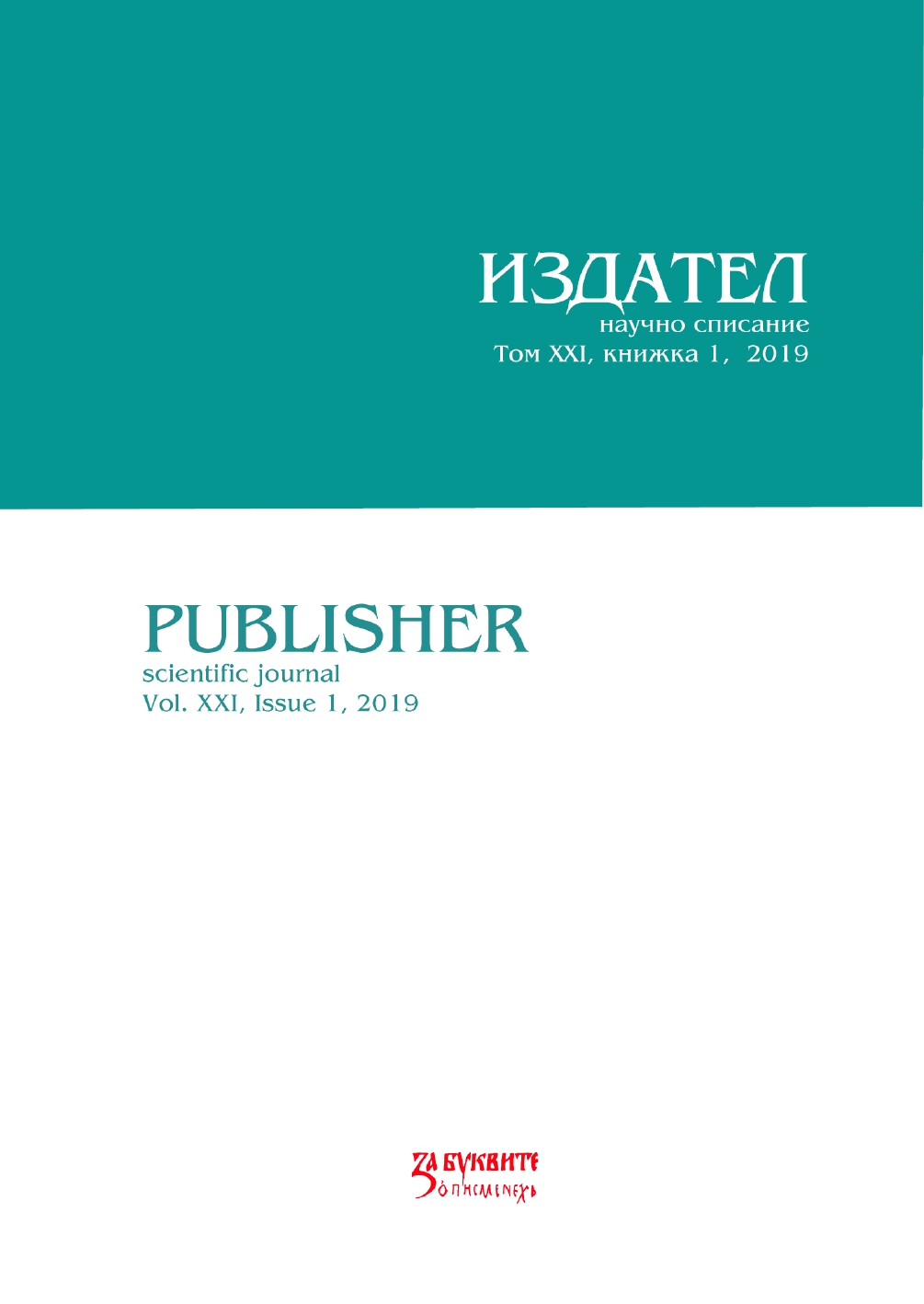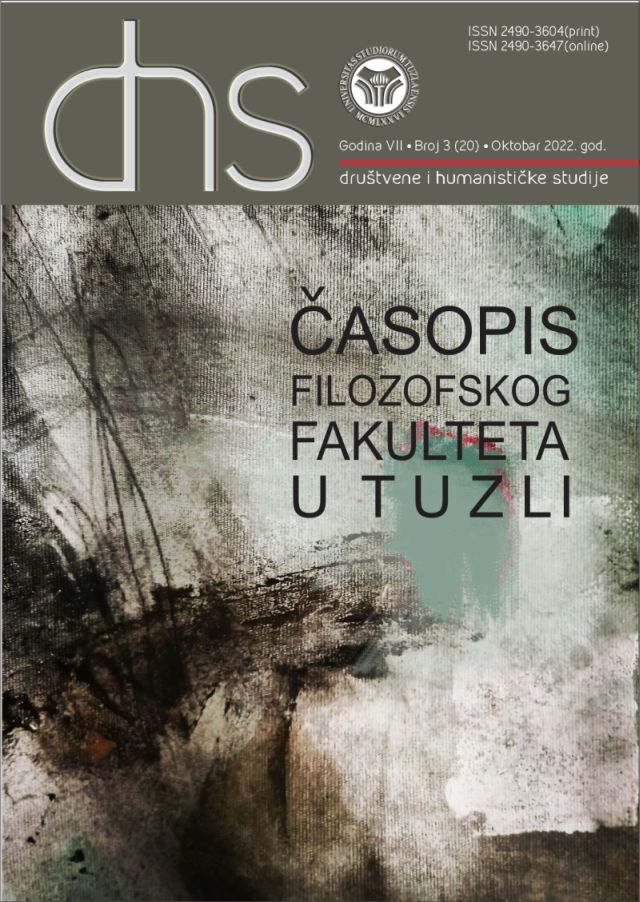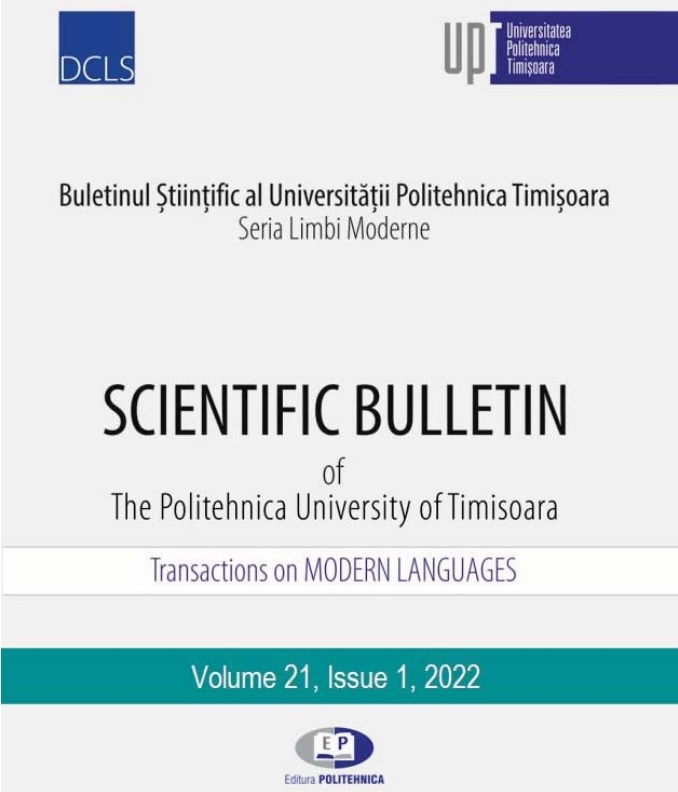Küsimused eestikeelses infodialoogis II. Küsimused ja tegevused
The article is a follow-up to Küsimused eestikeelses infodialoogis I. Küsimuste vorm (2009). The article points out (a) what social actions are performed in the Estonian institutional information-seeking dialogue by means of questions of different categories and forms, and (b) compares the authors’ results with those of a comparative project on questions done at Nijmegen Max Planck Institute for Psycholinguistics. An analysis of everyday dialogues in four Indo-European languages serves as reference material. The article presents an analysis of 859 questions used in phone conversations, drawn from the dialogue corpus of the University of Tartu and consisting of 282 content (q-word) questions, 46 alternative questions and 531 polar questions. The approach is quantitative. The social actions analysed are as follows: Request for information (RI), Other initiation of repair (OIR), Request for confirmation (non-OIR), Assessment (A), Suggestion/offer/request (SOR) and Adjusting of the conditions of answer (ACA). The analysis demonstrates that in Estonian, each question category has a primary action to fulfill in informational interaction. Content questions and affirmation asking polar questions are mostly used in RI and SOR. Polar questions asking for confirmation are mostly used in OIR. Alternative questions are mainly used in Estonian dialogues in ACA. Different form variants of polar questions are used for different actions: kas and kas+või are mainly used to formulate questions which ask for affirmation (e.g. RI and SOR), whereas the declarative form, jah and või are mainly associated with questions which are used to ask for confirmation (e.g. OIR and Request for confirmation). Different actions have their own statistically significant agents among the categories and forms of questions. RI is in most cases presented either using a content question or a polar question formulated with kas+clause. In OIR a polar questions asking for confirmation are mostly used which are formulated as a grammatical phrase without a verb and in the most cases use declarative form or the particle jah. Comparison with Indo-European everyday interaction shows some differences between the everyday and institutional information-seeking dialogues. In comparison with everyday interaction, institutional dialogues use more content questions and ACA action, probing the interlocutor’s knowledge, opinions and wishes. Questions anticipating a yes/no answer or assuming some prognosis of information important for the interlocutor are less frequent. Everyday dialogues, however, contain more actions connected to Assessments.
More...
